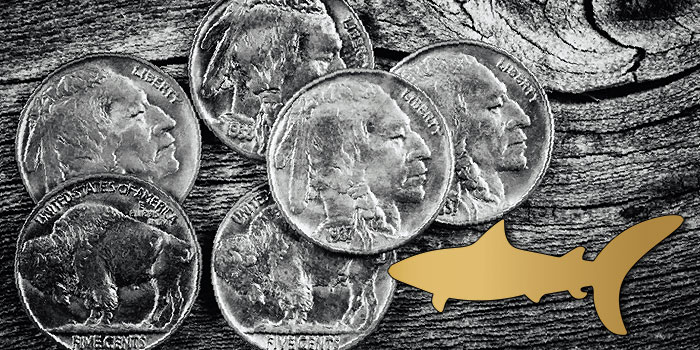The first five-cent coins from 1866 to 1867 had a shield design on the front part. The denomination surrounded by rays was on the back side. Then from 1867 to 1883 stars surrounded the denomination. The composition of these coins were 75% copper and 25% nickel. Even today, the five-cent coins kept that composition except from 1942 to 1945. The material for the five-cent coin was partly silver during those years.
The Shield nickel stopped circulating in 1883. The Liberty Head replaced it until 1913. It featured the profile of Liberty facing left and surrounded by stars on the front. On its back was the roman numeral V which stands for five.
There was a law in 1890 which is still in effect today. It allowed the change of the design of a coin only if twenty five years passed after its first adoption. Five U.S. coin denominations underwent change starting in 1907. It was part of the renaissance of American coinage and the public supported a new nickel design.

The new design was not like previous ones that borrowed motifs from European or other coins. The basis was Native American culture and represented the American original roots.
The Buffalo or Indian Head nickel was in circulation from 1913 to 1938. Its obverse featured a portrait of a Native American chief facing right. The reverse had an American bison or buffalo. Three different chiefs, whose identities remain unclear, composed the said American chief. Its designer, James Earle Fraser, told many stories about it. There were also various chiefs who claimed they were the model. The basis for the buffalo was Black Diamond, a bison in New York Zoo.
It was the first American coin that had an animal other than an eagle. It became iconic and beloved even among collectors today. You might ask, “How much is a buffalo nickel worth?” That depends on many factors.
